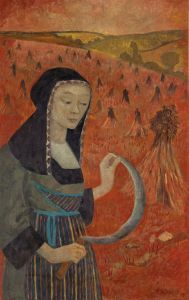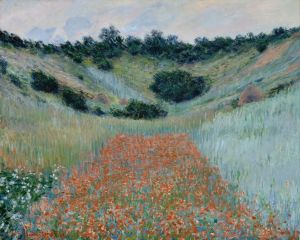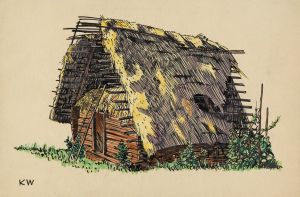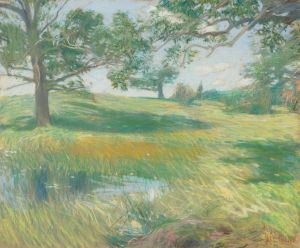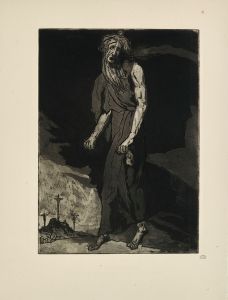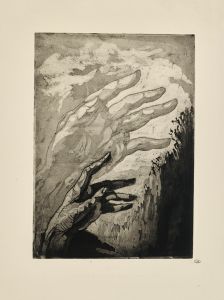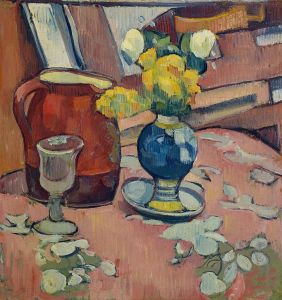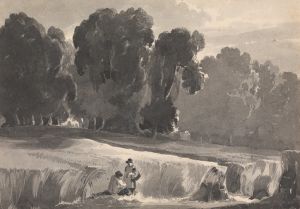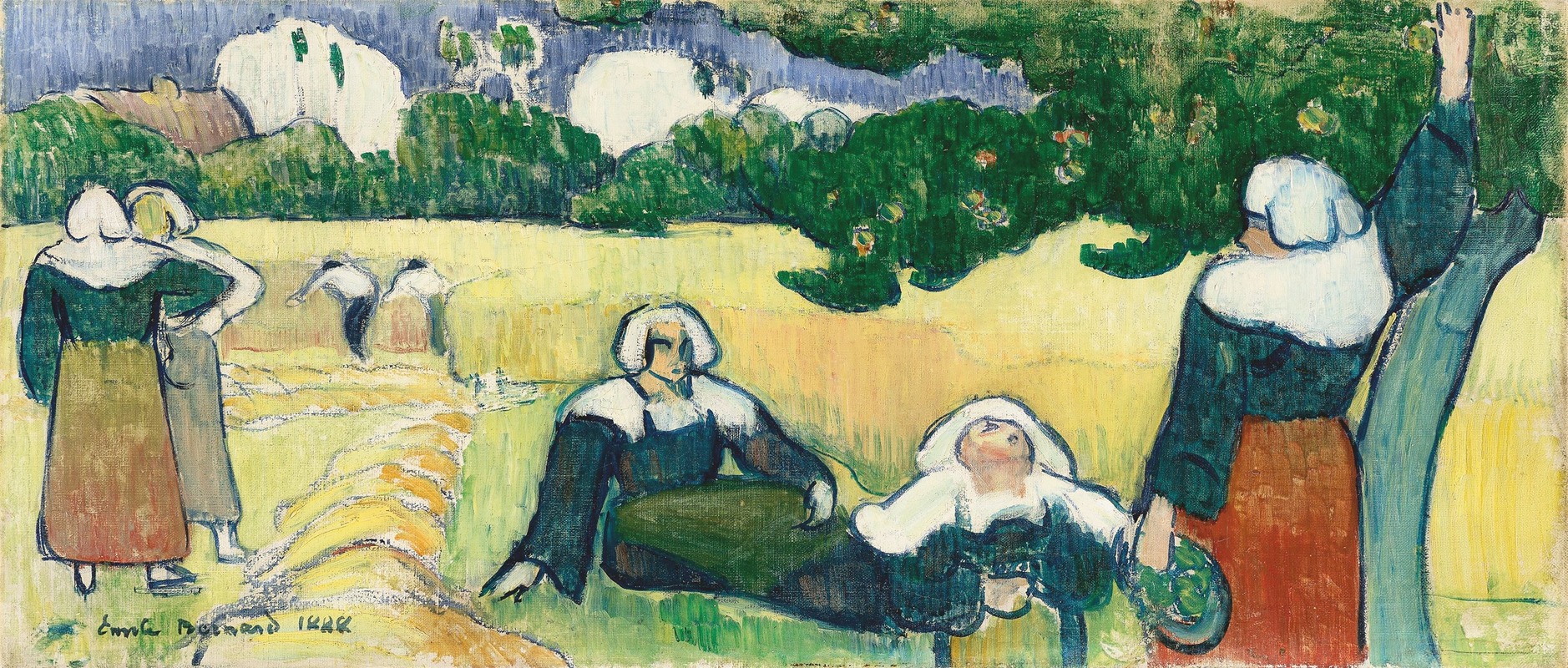
Bretonnes dans un champ ou La moisson
A hand-painted replica of Emile Bernard’s masterpiece Bretonnes dans un champ ou La moisson, meticulously crafted by professional artists to capture the true essence of the original. Each piece is created with museum-quality canvas and rare mineral pigments, carefully painted by experienced artists with delicate brushstrokes and rich, layered colors to perfectly recreate the texture of the original artwork. Unlike machine-printed reproductions, this hand-painted version brings the painting to life, infused with the artist’s emotions and skill in every stroke. Whether for personal collection or home decoration, it instantly elevates the artistic atmosphere of any space.
Émile Bernard was a French Post-Impressionist painter and writer, known for his significant contributions to the Symbolist and Cloisonnist movements. One of his notable works is "Bretonnes dans un champ" or "La moisson," which translates to "Breton Women in a Field" or "The Harvest." This painting is a reflection of Bernard's fascination with the Breton region of France and its people, a common theme in his work during the late 19th century.
Bernard was born in Lille, France, in 1868 and later moved to Paris, where he studied at the École des Beaux-Arts. His artistic journey led him to Pont-Aven in Brittany, where he became associated with the Pont-Aven School, a group of artists who were drawn to the region's rural landscapes and traditional culture. It was here that Bernard developed his unique style, characterized by bold outlines and flat areas of color, influenced by Japanese prints and medieval stained glass.
"Bretonnes dans un champ" exemplifies Bernard's Cloisonnist style, which he developed alongside fellow artist Paul Gauguin. This technique involves the use of strong, dark outlines to separate areas of vibrant color, creating a sense of simplicity and decorative quality. The painting depicts Breton women engaged in agricultural work, a subject that reflects Bernard's interest in the everyday lives and customs of the Breton people.
The choice of subject matter in "Bretonnes dans un champ" highlights Bernard's appreciation for the rural and the traditional, as well as his desire to capture the essence of Breton life. The women in the painting are shown in traditional Breton attire, emphasizing the cultural identity of the region. The landscape is rendered in a stylized manner, with an emphasis on pattern and form rather than realistic representation.
Bernard's work during this period was influential in the development of modern art, as it challenged the conventions of Impressionism and paved the way for more abstract and symbolic approaches. His collaboration and friendship with Gauguin were particularly significant, as both artists sought to break away from the naturalism of their predecessors and explore new artistic possibilities.
"Bretonnes dans un champ" is a testament to Bernard's innovative spirit and his commitment to capturing the spirit of Brittany through his art. The painting not only reflects his technical skills and stylistic innovations but also his deep connection to the region and its people. Through his work, Bernard contributed to a broader understanding and appreciation of Breton culture within the context of modern art.
Today, Émile Bernard is recognized as a key figure in the transition from Impressionism to the more abstract and symbolic movements that followed. His works, including "Bretonnes dans un champ," continue to be celebrated for their bold use of color, innovative techniques, and insightful portrayal of regional life. Bernard's legacy is evident in the continued interest in his work and the influence he had on subsequent generations of artists.





